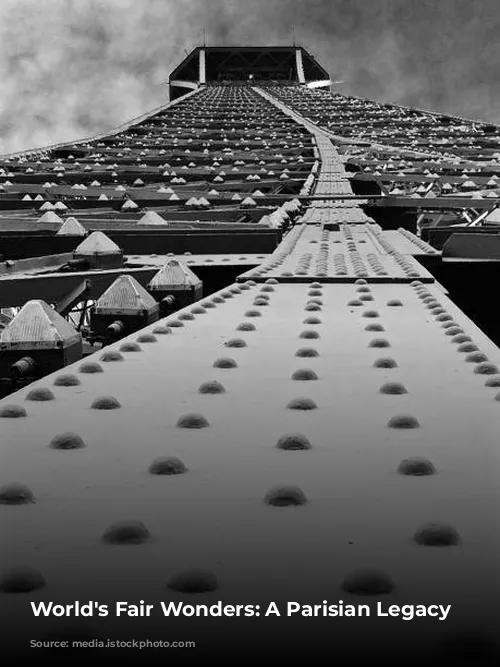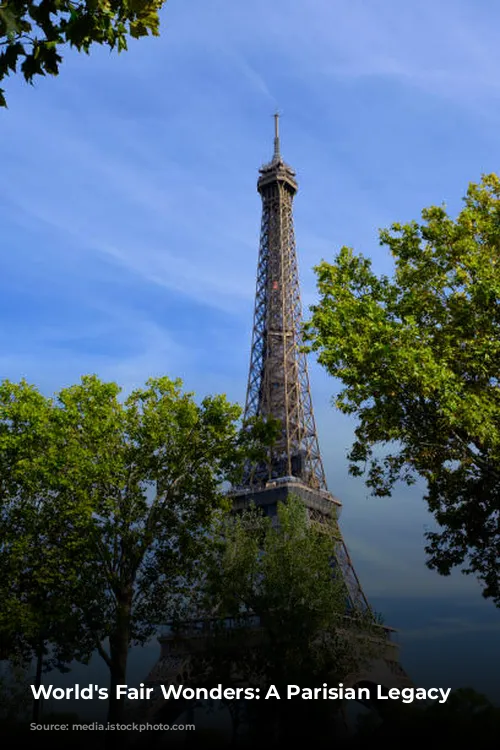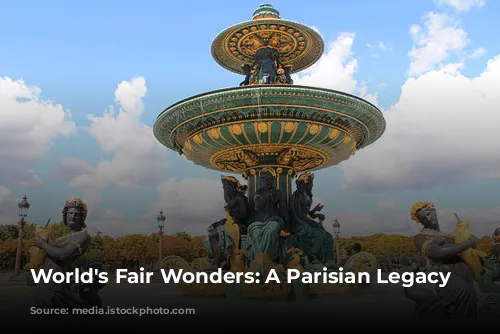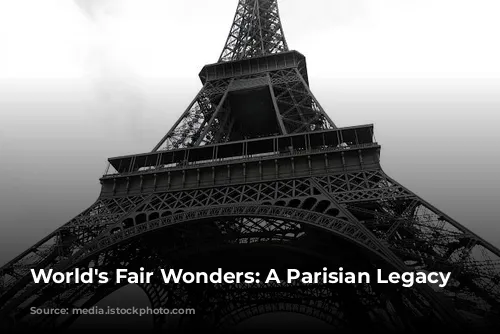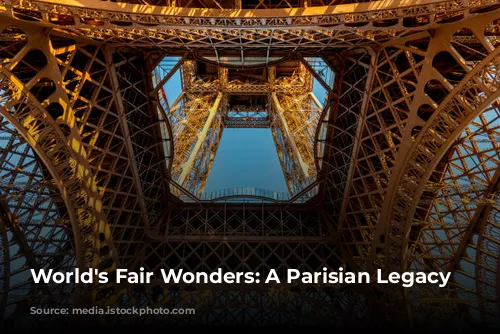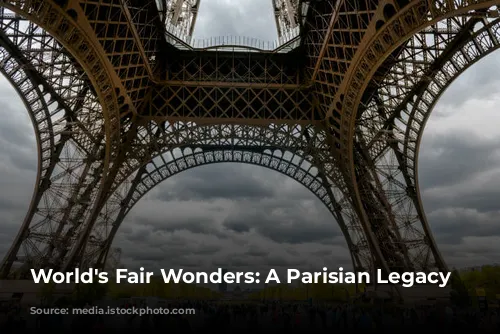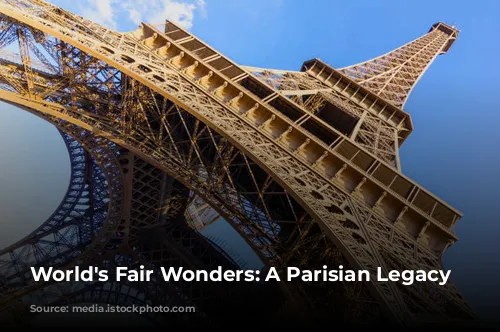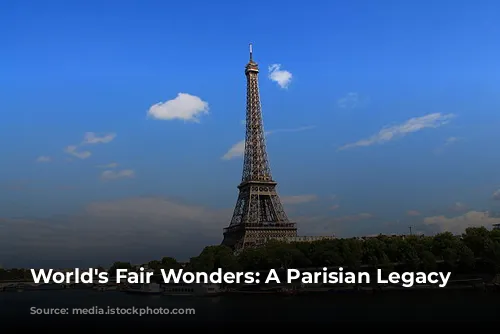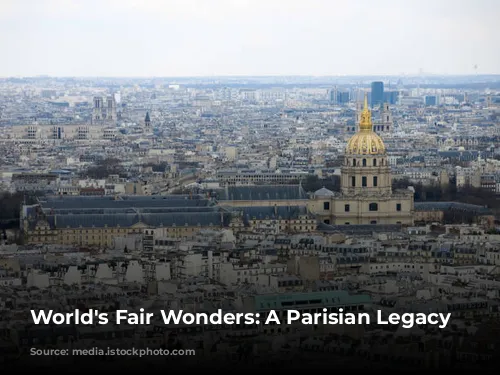Many envision grand cultural extravaganzas, like the World’s Fairs, as events of the distant past. But, these celebrations of artistic and technological achievements have been ongoing almost every year since 1851, taking place in numerous cities across five continents. While most World’s Fair organizers favor temporary structures to save money, a surprising number of permanent buildings and monuments still exist as tangible reminders of these grand gatherings.
In this series, we delve into the cities where these fairs significantly shaped the urban landscape. Let’s begin with Paris, a city that hosted a remarkable six World’s Fairs – 1855, 1867, 1878, 1889, 1900, and 1937.

Paris: A City Shaped by World’s Fairs
Paris, the City of Lights, is renowned for its iconic landmarks, including the Eiffel Tower. But few recognize it as a prominent World’s Fair landmark.
The Eiffel Tower was the grand entrance arch for the 1889 “Exposition Universelle” in Paris. Incredibly, the tower wasn’t finished by the fair’s opening. A dedicated crew of construction workers worked tirelessly overnight to complete a second-floor observation deck, allowing visitors to ascend to this height. Gustave Eiffel’s family expressed gratitude to the workers, declaring that “no soldier on the battlefield deserved better mention than these humble toilers, who will never go down in history.”
The Champ de Mars, the greenspace surrounding the Eiffel Tower, boasts a rich history that predates the World’s Fair. It served as a military parade ground in the mid-1700s. The first Bastille Day celebration took place there in the 1790s. During the French Revolution, the Champ de Mars witnessed a bloody battle. Napoleon III, recognizing the site’s grandeur, chose it to host Paris’ second World’s Fair in 1867. All subsequent Parisian fairs followed suit, making the Champ de Mars a central stage for these global celebrations.
Across the Seine River lies the Grand Palais, a stunning exhibition hall built for the 1900 World’s Fair. This magnificent structure showcased French art and cultural exhibits, incorporating elements of the emerging Art Nouveau style. It was erected on the site of the Palais de l’Industrie, an earlier exhibition hall built for the 1855 fair. Today, the Grand Palais’ west wing houses the Palais de la Découverte, a science museum, while the east wing continues to host art, fashion, and other events.
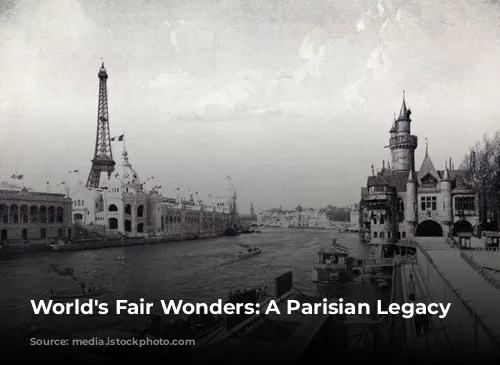
A Legacy of Art, Science, and Culture
Near the Grand Palais are the Jardins du Trocadéro, part of the fairgrounds for the 1878 and 1937 fairs. The 1878 Fair utilized the space for the Palais du Trocadéro, a primarily administrative hall that provided meeting space for international organizations. The 1937 fair, however, transformed the Trocadéro into a more general exhibition space, featuring the Palais de Chaillot – two elegant Art Deco exhibition halls built on the foundation of the old Palais du Trocadéro. Today, the Palais de Chaillot is home to the Musée national de la Marine, France’s naval museum, and the Musée de l’Homme, an ethnological museum. The Théâtre national de Chaillot, a renowned theater space, also occupies this site.
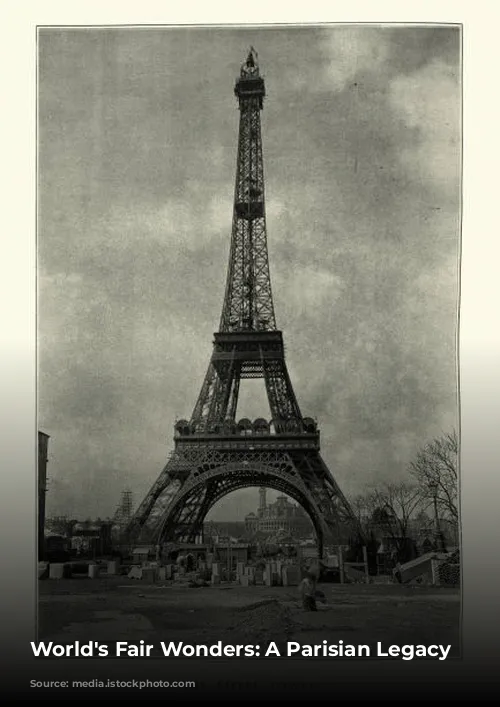
A Lasting Symbol of Cold War Tension
One lesser-known relic of the 1937 fair lies far beyond Paris. A stainless steel sculpture, “Rabochiy i Kolkhoznitsa” (“Worker and Kolkhoz Woman”), originally stood at the Soviet Union’s exhibition hall for the 1937 fair. The fair organizers positioned the Soviet hall directly across from the German hall, highlighting the rising tension between the Soviets and Germany’s Third Reich. The Soviet representatives sought to outshine the Germans and commissioned sculptor Vera Mukhina to create a captivating monument for their hall. The sculpture depicts a man and a woman, each holding a hammer and a sickle, symbolizing the strength of Soviet ideals. After the fair, the sculpture was moved to Moscow and now stands proudly at the All-Russia Exhibition Center.
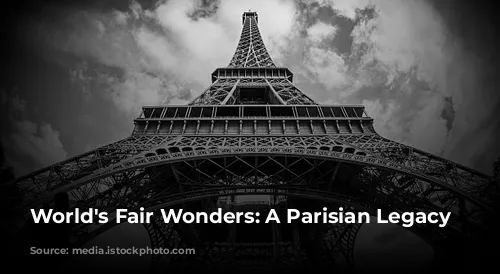
Echoes of a Bygone Era: A Glimpse into Paris’ History
These are just a few examples of the lasting impact of the World’s Fairs in Paris. Many other historical treasures remain hidden within the city’s architecture, reminding us of the city’s role as a global stage for artistic and technological innovation. As we continue our exploration of World’s Fair legacies, we’ll uncover more hidden gems, unraveling fascinating stories from cities across the globe. Stay tuned for more captivating tales from the past!
